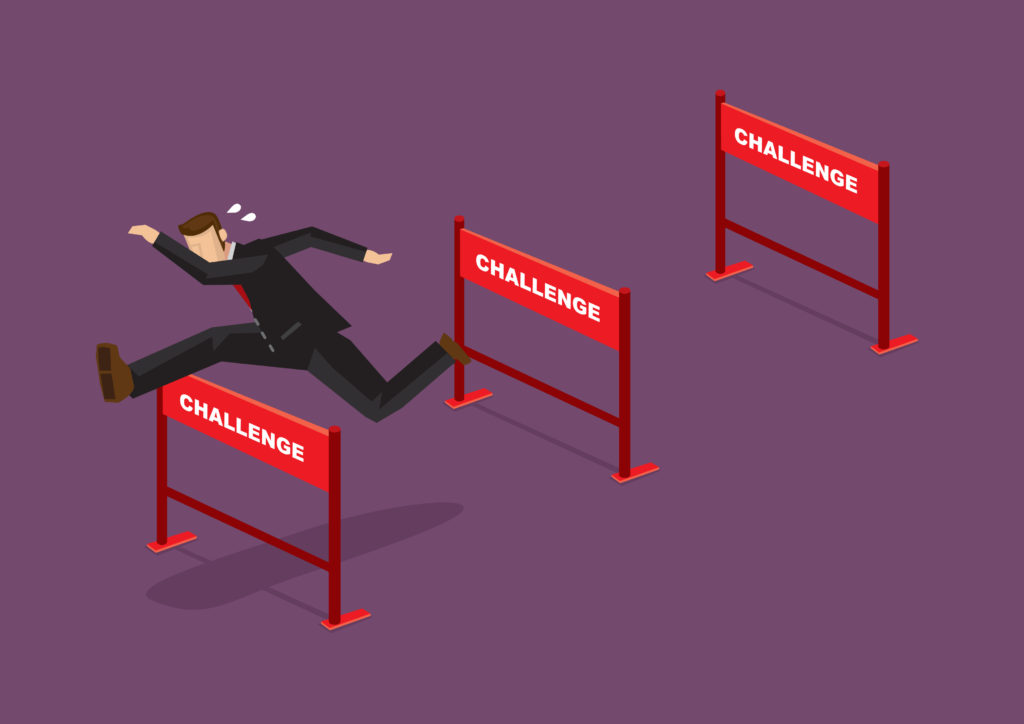
Summary: As leaders, it is essential to take care of yourselves so that you can take care of your team and your customers. Here are some tips and strategies to help you manage stress and lead your team effectively.
Dear Dr. Sylvia,
I just read that stress in the workplace is a billion-dollar problem.
Not surprising.
Stress costs over $300 billion in health care, absenteeism, and poor performance.
My company is losing ground with so many employees needing sick days for all physical issues.
In addition, now, the demand is for mental health days. The requests are because of burnout, depression, and toxic relationships.
For example, some organizations are tackling the trouble of not having half-staff for much of the week.
Above all, can you offer some tips I can pass along to my leadership team and especially to HR to assist with this dilemma of excessive stress?
Signed,
Leader-in-Need
Our inability to kick stress to the curb is a major crisis at work.
Dear Leader-in-need,
You hit the proverbial nail smack on its head!
Firstly, we are in a difficult time with all the division in the world, the nastiness, unwillingness to discuss perspectives, and fear of what or who is around the next corner.
In addition, I will cut to the chase and give you three areas to address.
Here are the three “S’s†to help you be a leader who helps make a difference.
S stands for self-care
One of the most effective ways to manage stress is to prioritize self-care. We often put our needs on the back burner when busy with work, leading to burnout and decreased productivity.
Furthermore, taking breaks throughout the day to stretch, meditate, or even take a few deep breaths can help you feel refreshed and refocused.
Additionally, carving out time for hobbies or activities that bring you can help you recharge and reduce stress.
Stress less by putting a timer on your computer or phone. When it rings, get up and stretch for five minutes.
Just do it!!
As an illustration, here’s a story Jane asked me to share. She is a beauty industry leader who experienced burnout.
Jane, a successful business owner of her salon for over 20 years. She is known for her drive and dedication to her work, often working long hours and neglecting her needs.
Consequently, as the demands of her business increased, she began to experience symptoms of burnout, including exhaustion, irritability, and a lack of motivation.
Despite these warning signs, Jane continued pushing herself and her team, believing she could handle the workload.
However, her health began to suffer, and she was eventually forced to take a leave of absence from her business to focus on her mental and physical well-being.
Don’t wait till your blood pressure is in the red zone to re-access your health due to stress.
Medication and better eating helped.
Moreover, she began to take “me†time. Often, that meant fifteen-minute “chill†brakes.
Finally, she took the challenge of a “radical sabbatical,†leaving her team in charge for a month.
That was revolutionary. A whole month was unheard of for Jane.
In short, this experience taught Jane the importance of self-care and the dangers of neglecting her needs.
She returned to her business with renewed energy and a commitment to prioritizing her well-being.
More importantly, she sat with her team, and they designed a calendar that gave each one time for their version of a radical sabbatical.
Just say “time out†and take it!
S is for Support
Similarly, building a solid support system is another critical aspect of managing stress. This can include friends, family, or colleagues who can provide emotional support and advice.
It can also involve seeking out professional help, such as therapy or counseling. It is important to remember that asking for help is a sign of strength, not weakness.
To illustrate the importance of building a support system, I want to share the story of Nate, head of marketing at a high-tech organization.
Most importantly, he faced a difficult challenge in his personal life. Nate’s wife was diagnosed with a severe illness, and he struggled to balance his work responsibilities with his caregiving duties at home.
When you feel overwhelmed and alone, unsure of how to navigate, stress hits the hot button.
Nate was raised to be a strong and silent male. He could support others. Yet, never request any aid from others.
Finally burnt out, Nate shared his over-the-top stress concerns with his boss.
All things considered, the change was fast.
Meanwhile, Nate’s colleagues and employees rallied around him, offering support and assistance. They covered for him at work, brought him meals, and provided a listening ear when he needed to vent.
Additionally, Nate sought out the help of a therapist, who helped him develop coping strategies and manage his stress.
With the support of his colleagues, employees, and leadership coach, Nate navigated this difficult time with grace and resilience.
He learned the importance of building a solid support system and the value of asking for help when needed.
S stands for Strategy
It is essential to lead by example and have a strong strategy when managing stress. As leaders, your behavior sets the tone for the rest of the team.
That is to say; If you prioritize self-care and build a robust support system, your team members are likelier to do the same.
Additionally, if you model healthy coping strategies and stress-management techniques, your team members are likelier to adopt these behaviors.
To illustrate the importance of leading by example, meet Tom, a leader in higher education who struggled with managing stress healthfully.
Micro-managing creates stress for those who lead and those who follow the leader.
Tom was known for his high standards and tendency to micro-manage his team. He often worked long hours and neglected his needs, believing this was necessary to succeed.
However, Tom’s behavior began to have negative consequences on his team. They became stressed and burnt out, feeling they could never meet Tom’s expectations.
Additionally, turnover rates increased as employees thought they could no longer work under high-pressure conditions.
After receiving feedback from his team and reflecting on his behavior, Tom realized that he needed to change.
He began prioritizing self-care, taking breaks throughout the day, and carving out time for hobbies and activities that brought him joy.
For instance, he also sought the help of a leadership coach, who helped him develop healthy coping strategies and manage his stress more effectively.
Workplace culture changes when behavior changes.
As Tom’s behavior changed, so did the culture of his workplace.
His team members began to adopt healthier stress-management techniques and prioritize their well-being.
Turnover rates decreased, and the team became more cohesive and productive.
Tom learned that having a stress strategy and leading by example are powerful tools for managing stress.
By prioritizing his self-care and adopting healthy coping strategies, he created a more positive and productive environment for his team.
The 3 S’s work: Self-care, support, and Strategy keep stress in the “safe stress zone.”
In conclusion, as business leaders, it is essential to self-care, build a robust support system, and lead by example when managing stress.
By taking care of ourselves, we can better care for our teams and provide excellent customer service.
Remember, asking for help is a sign of strength, not weakness, and modeling healthy behaviors is the key to creating a positive and productive work environment.
Let us commit to taking care of ourselves and our teams so that we can continue to thrive at work.
Here’s to your success,
Sylvia Lafair
PS. Please email me at sylvia@ceoptions.com for a unique chart of how to navigate the stress of change called “From Now to New.â€


